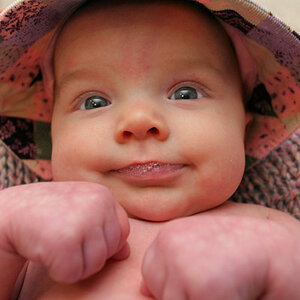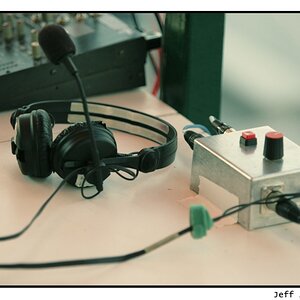Veronica_Castillo
TPF Noob!
- Joined
- Aug 7, 2009
- Messages
- 3
- Reaction score
- 0
Hello all,
I don't have a camera, but I'm looking to buy one. That's why I'm here. To ask what camera would solve this problem I have.
I need to scan serveral A2 Format Drawings into my PC, but it's a tedious task doing this. I need to cut the drawings into four parts and scan them one by one and reconstruct them in Photoshop...
Buying a A2 Big format scanner is not an option. Because it costs more than 5000 $. Which is rather expensive for my taste.
So I came with the idea of photographing the A2 Drawing. But before buying a cam, I want to know which one will give me a good quality. It need not to be perfect but as good as it can get.
Any suggestions?
Thanks,
Veronica.
I don't have a camera, but I'm looking to buy one. That's why I'm here. To ask what camera would solve this problem I have.
I need to scan serveral A2 Format Drawings into my PC, but it's a tedious task doing this. I need to cut the drawings into four parts and scan them one by one and reconstruct them in Photoshop...
Buying a A2 Big format scanner is not an option. Because it costs more than 5000 $. Which is rather expensive for my taste.
So I came with the idea of photographing the A2 Drawing. But before buying a cam, I want to know which one will give me a good quality. It need not to be perfect but as good as it can get.
Any suggestions?
Thanks,
Veronica.


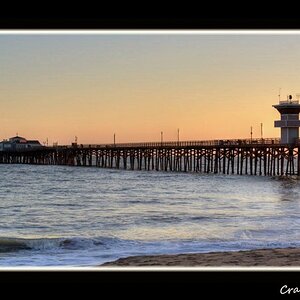
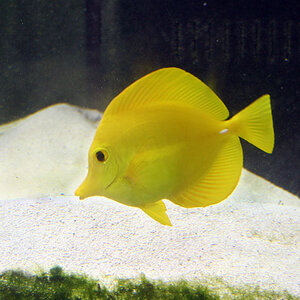
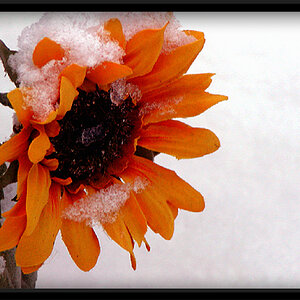
![[No title]](/data/xfmg/thumbnail/33/33361-f56184027ce743b2b7ba9d378a8bb426.jpg?1619735925)
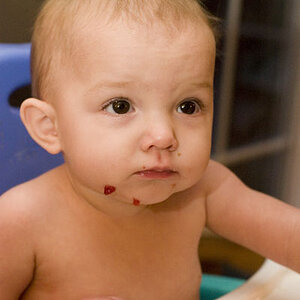

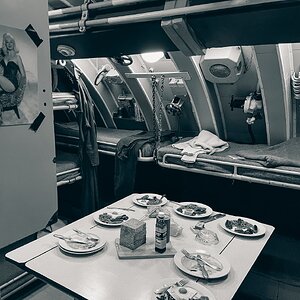
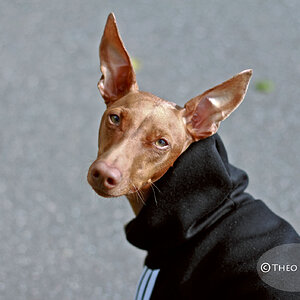
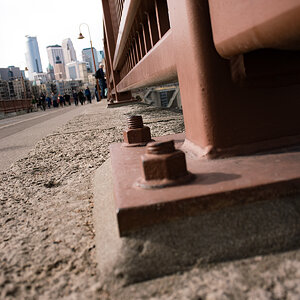
![[No title]](/data/xfmg/thumbnail/33/33362-84aacb865117bf8cba89104b89e9b36c.jpg?1619735927)
